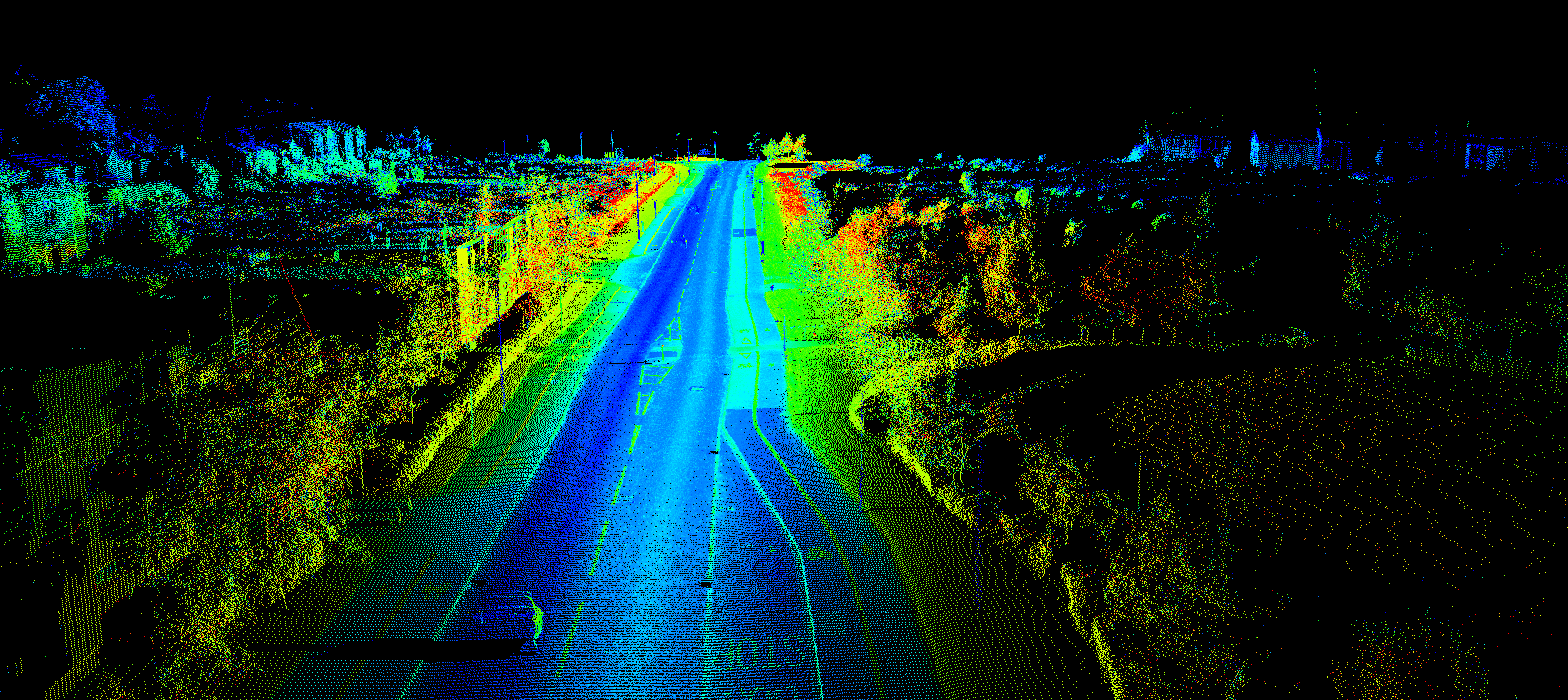Lidar and radar are two very similar systems with a key difference, and today, we’ll look at what each of them is used for, and a bit about how they differ.
Our senses allow us to orient ourselves and live life as we know it, but technology has provided us with ways to expand our perception beyond what our eyes can see and what our ears can hear. Things like airplanes and submarines wouldn’t be the same if it weren’t for many of these systems.
We are referring to sensors like radar, sonar, and lidar, all of which are systems that are used for detection and ranging (which is what the D, A, and R stand for in those terms). Today, we’re going to give a brief overview of what radar and lidar do and how they differ from each other and then we’ll move on to the most common uses for each of them.

What are Radar and Lidar?
Both radar and lidar are detection and ranging systems which use the same concept to operate. The idea is that the system will emit a wave of some type and then catch that wave when it bounces off of objects in the environment. By calculating how long it takes for the rebound to return, ranging and detection is possible.
The crucial difference between lidar and radar is the wave that is emitted. In the case of radar, a radio wave is emitted by the device. On the other hand, lidar uses lasers which are pulsed intermittently to form a more precise picture of the surrounding environment.
Radar Applications
Radar has been used for a wide range of systems throughout history, but its initial use was for air defense during the Second World War. Great Britain famously created the Chain Home radar system to detect invading German warplanes as well as the infamous V1 flying bombs.
Since those dark days, radar has been used in a wide range of different platforms, regardless of whether they are mobile or stationary. For example, weather stations use radar to detect cloud formations and other atmospheric phenomena. Aircraft use radar for both navigation and weather detection.
Lidar Applications
Compared to radar, lidar is a little more recent, having been pioneered in the 1960s right after the laser was created. One of the most common and well-known uses of lidar is for self-driving cars, as it provides a greater degree of precision when compared to radar, in which returns are a little more “fuzzy.”
While self-driving cars are still in their infancy, you’ll find that surveyors have been using lidar to do their job for years. Whether land is being surveyed for resources, agriculture, or any other reason, lidar can create a representation of the exact characteristics of the ground.
Conclusion
As you can see, both radar and lidar have their own strengths, and we’ll be seeing quite a bit more of lidar with the inevitable development of self-driving cars. We hope that we’ve been able to outline some of the most common uses in this comparison of lidar vs radar.









